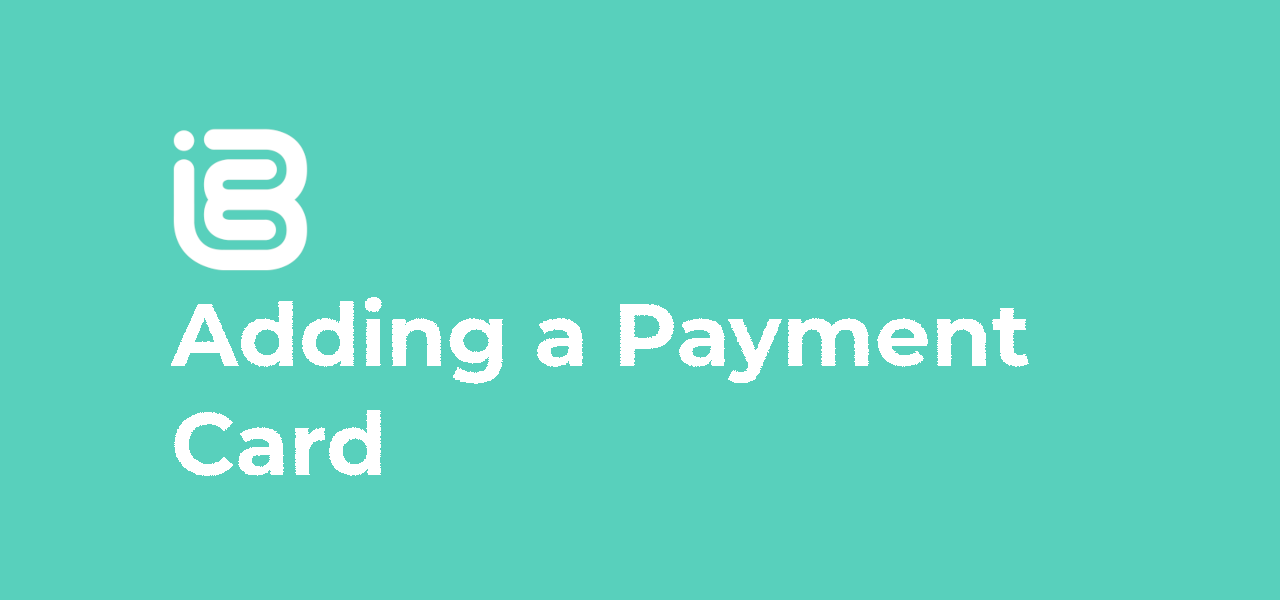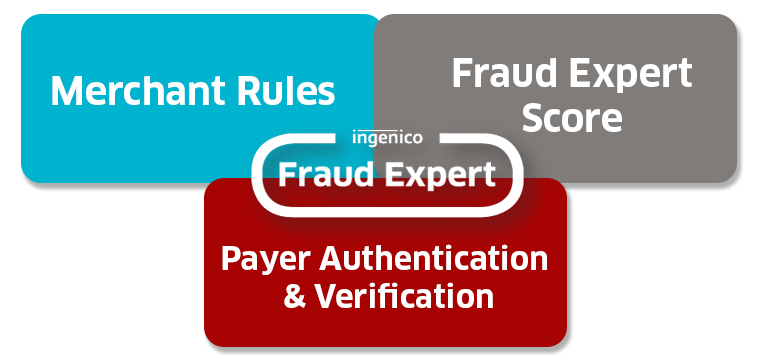The credit card issuer could decide to block or flag the credit card account in case certain behaviors or activity raises alarms. Examples include: Unusual patterns of spending
A sudden increase in money spent or an abrupt deviation from the normal behaviour of a credit card holder can cause suspicion.
Unrecognized Transactions
Fraud may be spotted by transactions that are unfamiliar or unauthorized on the statement of the card that the cardholder has not initiated or approved.
Multiple declined transactions
A string of failed or declined transactions in a short period of time could indicate that there is an issue, particularly when the cardholder's transaction history generally is positive.
Geographic Anomalies
Multiple transactions within a short period of time from locations away from the typical spending zone for cardholders or transactions made from locations that are different from their usual spending zones can cause suspicion.
Types of purchase that are not normal
Unusual purchases, especially for costly items that are not consistent with the habits of the cardholder's spend could be deemed suspicious.
Uncommon Online Behavior
Unusual or unanticipated internet activity can be an indication of unauthorised access. This includes numerous failed login attempts or changes to your account details.
Unusual Card Use
If your credit card is suddenly being used to conduct an international transaction even though it was previously utilized locally, it could be considered to be suspicious.
Sudden Cash Advances or Transfers
Cardholders could receive alerts for advance or cash transfer that are not in line with their usual spending habits.
Frequent Card Not-Present Transactions-
It's possible to flag the sudden rise in card-not-present transactions (online purchases or phone-based purchases) with no prior history.
Issues with Identity Verification
Particularly in situations of further verification, it may be suspicious if you have difficulties verifying the identity of your cardholder in the course of a transaction.
The card issuer could be triggered by these or other behaviors to look out for fraud or identify it. They may look into the issue or stop the card until authenticity or identity of the transaction can be confirmed.

What Should I Be Doing In The Event That I Suspect My Credit Is On A List Of Blacklisted Credit Cards?
If you think your card might be on a blacklist or that there has been fraudulent activity linked to your card, immediately contact your card issuer.
You can dial the number for customer support on the back of your card or visit the issuer website to determine if they offer an anonymous hotline for reporting fraud.
Inform the issuer of any concerns that you might be experiencing, like a suspicion that fraudulent activity occurred or your card is compromised.
Report Suspicious Activity-
Discuss the unusual transaction or purchases you have noticed on your credit card statement.
Please provide specific information about the transaction that you are concerned about. Please include dates, the amount and, if you can the names of the merchants.
Request Card Replacement, Blocking or Removing
You can request the company that issued your account in order to prevent any further fraudulent transactions.
To ensure that you have continued access to your credit, ask about the process of replacing your old card with a new card.
Review Your Account and Dispute Charges-
It is possible that you missed suspicious transactions or activity on your account if you did not review the recent transactions and account statements.
If you identify fraudulent transactions, raise them with the credit card issuer to ensure that they are investigated and resolved.
Keep track of your credit score.
Contact your credit card company to determine whether the issuer took the correct steps to resolve any issues you might face.
Check your credit card balance regularly for any new suspicious activity or unexpected changes.
Consider Placing an Alert for Security Freeze or Fraud
In the event of a serious incident, you might decide to put a fraud alert or freeze on your credit report to safeguard yourself against identity theft and future fraud attempts.
Report to Authorities If Necessary
Notifying the Federal Trade Commission or filing an investigation with local law enforcement authorities is highly recommended in the event of suspicion of that you have been the victim of a significant fraud.
The need to act swiftly is vital to limit potential loss and to prevent any further fraudulent transactions. Making a report of suspicious activity quickly and working with the credit card company can help you mitigate the impact of fraud that could be committed using your credit card.

How Do Cybersecurity Experts Monitor Cyber-Attacks And Spot Compromised Credit Card Data?
Cybersecurity professionals utilize various tools, techniques and methods to monitor and identify cyber-threats, including compromised information on credit cards. The most common methods and practices are: Threat Intelligence Gathering
Gathering information from various sources such as forums and dark-web monitoring, as well as threat intelligence feeds, and security alerts to stay current on the latest security threats and vulnerabilities.
Network Monitoring and Intrusion Detection--
Monitor network traffic using specialized software or tools. Find out if there are any suspicious behaviors that could indicate unauthorized access or breaches of data.
Vulnerability Assessments and Penetration Testing
Conducting regular assessments to identify vulnerabilities in applications, systems, or networks. Penetration testing involves simulated attacks to find vulnerabilities and assess your organization's cybersecurity posture.
Security Information and Event Management Systems (SIEMs)
Implementing SIEMs that collect log information and analyze it across different sources (such firewall servers and applications), in order to identify security issues and react to them quickly.
Behavioral Analytics -
Utilizing behavioral analysis to identify patterns that are unusual or different from the normal behavior of users within an organization or system which could signal a security breach.
Threat Hunting
Continuously looking for indications of suspicious or threatening activities in the network of an organization by analyzing logs, traffic, and system data to discover possible threats that could have been able to bypass traditional security measures.
Endpoint Security Solutions-
Installing solutions for endpoint protection (such antimalware, antivirus, as well as detection and response tools to endpoints) is a good way to safeguard your devices from malicious activity.
Encryption, Data Protection and Privacy
Implementing encryption technologies to safeguard sensitive data including credit card information at rest and in transit as well as at rest, to minimize the chance of security breaches.
Response to an incident and Forensics
Implementing an incident response plan can allow you to swiftly respond to any incidents. Conducting forensics to investigate, understand the consequences and quantify them of security breaches.
Cybersecurity experts combine these strategies and have a thorough understanding of compliance regulations and best-practices to detect, reduce, and respond proactively to cyber-attacks. To ensure a strong defense against cyber threats it's essential to keep up with continuous monitoring, analysis and a proactive approach. View the top rated savastan0 cc for more info.
